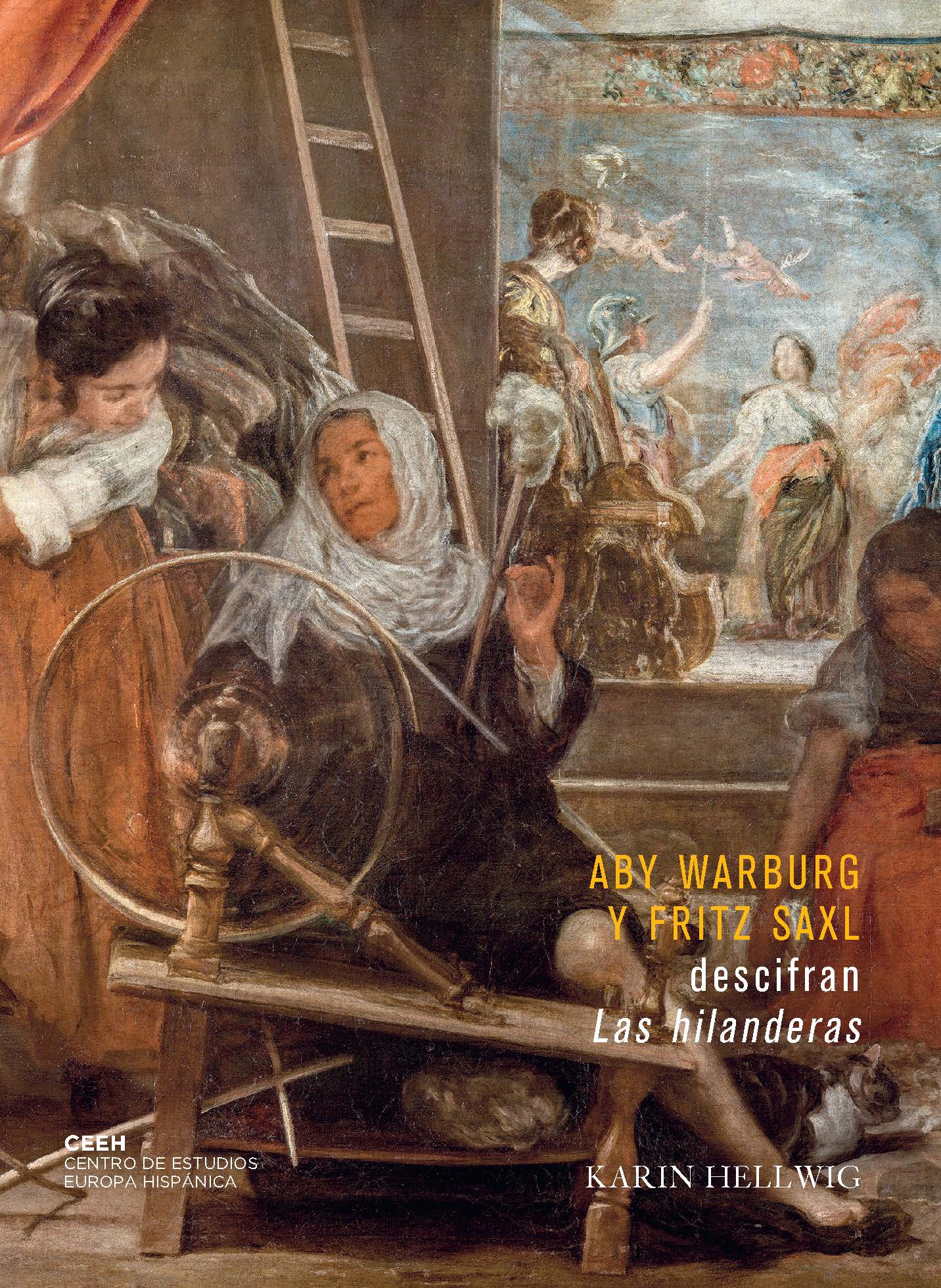Author
Karin Hellwig
Characteristics
232 pages; 77 color and b/w illustrations; flapped paperback; 19 x 26 cm
Publication
Spanish; translated by V. Maza; preface by J. Portús; originally published in German by Walter de Gruyter, 2015; with the collaboration of The Warburg Institute; 2024
ISBN
978-84-18760-13-6
Price
€28,85
Out of all of Velázquez’s works, The Spinners and Las Meninas are those which have given rise to the most literature. The reason should be sought in their outstanding quality, the ambition and complexity of their compositions, and their ability to prompt artistic responses. However, the abundance of approaches also springs from their ambiguity, as they can be read in very different ways – a fact which poses a challenge to viewers.
Although arriving at an interpretation of The Spinners has been a slow task, it shows that with historical rigour it is possible to come up with convincing answers to complex questions. In this book, Karin Hellwig patiently and skilfully unravels the steps progressively taken by Fritz Saxl and Aby Warburg —two eminent figures of twentieth-century art history— up to the point when the latter detected the presence of Pallas and Arachne in the background of the work and interpreted the painting as an ‘allegory of the art of weaving’. Just as this reading was only within the grasp of two art historians interested in the legacy of classical antiquity during the Early Modern Age, only someone like Hellwig could put together such a well-argued, clear and ambitious reconstruction of the path that led to this discovery. The author, an expert on Velázquez and his critical and interpretative fortunes as well as on the development of art history during the twentieth century, offers a fascinating account of a discovery in which Titian, Rembrandt, Rubens, El Greco and Tempesta appear, among others.
Karin Hellwig, who holds a PhD in Art History from the Free University of Berlin, worked for more than three decades at the Zentralinstitut für Kunstgeschichte in Munich. Her research is focused on Early Modern Age art theory in Spain and Italy (La literatura artística española del siglo XVII, 1996/1999), Spanish seventeenth-century painting (with important essays on Velázquez and Murillo) and travel around Spain in the Early Modern Age (Die Reise Ottheinrichs von der Pfalz durch Spanien und Portugal 1519/20 im Spiegel des Reisetagebuchs von Johann Maria Warschitz, 2010). She has also devoted many studies to art historical literature of the 1800s and early 1900s (Von der Vita zur Künstlerbiographie, 2005) and is editor of the volume Spanien und Deutschland. Kulturtransfer im 19. Jahrhundert/España y Alemania. Transferencia cultural en el siglo XIX (2007).

